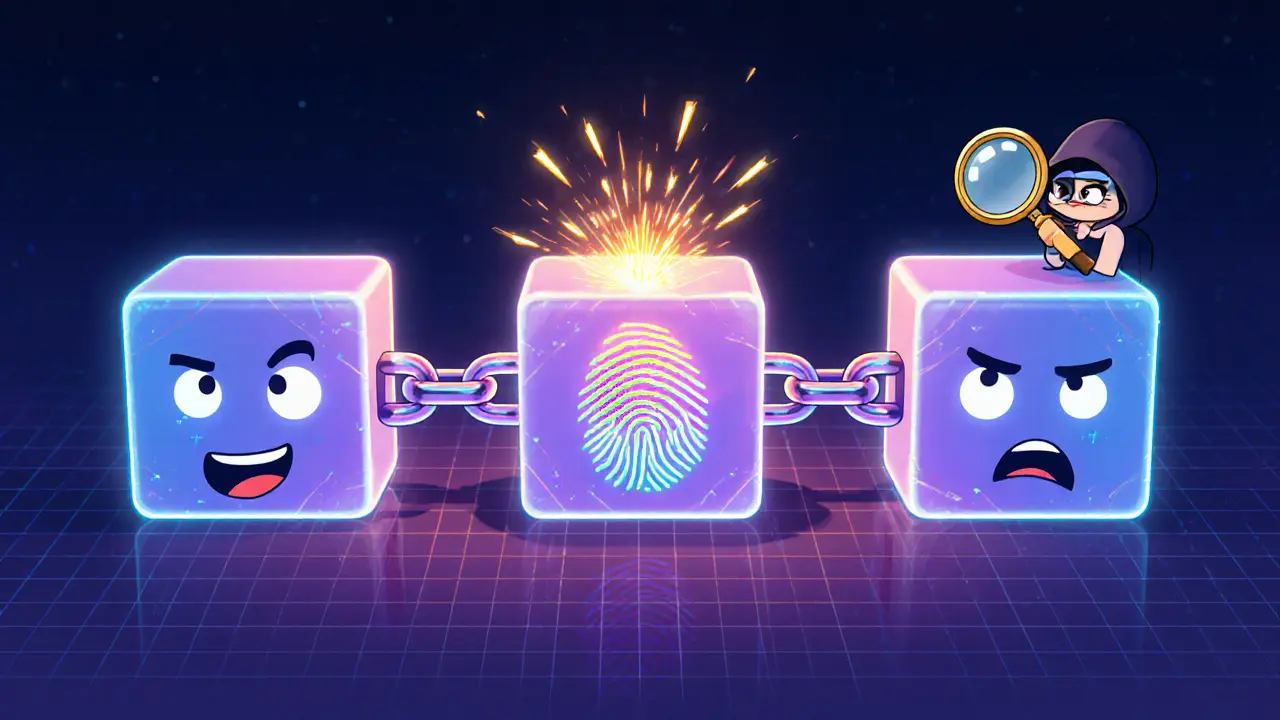Explore how blockchain immutability works through cryptographic hashing, consensus protocols, and block linking. Learn the benefits, challenges, and future trends in a clear, step‑by‑step guide.
Blockchain Immutability
When working with Blockchain Immutability, the property that makes data unalterable once recorded on a block. Also known as ledger permanence, it forms the foundation of trust in decentralized systems. In plain words, once a transaction lands in a block and that block is linked to the chain, changing it would require rewriting every subsequent block – something that’s practically impossible. That’s why you hear folks say “you can’t delete history on the blockchain.” This characteristic isn’t just a tech brag; it protects your money, your contracts, and any digital asset you store there.
One of the biggest threats crypto was built to beat is Double‑Spending, the attempt to spend the same digital token twice. Without immutability, a sneaky user could replay a transaction and convince the network that the funds were still available. By anchoring each transaction in an immutable block, the network can quickly detect and reject any duplicate attempts. In other words, blockchain immutability prevents double‑spending and keeps the system honest.
How Consensus Mechanisms Enforce Immutability
The magic behind this safety net is Proof of Work, a consensus algorithm that requires miners to solve computational puzzles. The effort spent solving those puzzles creates a cost for anyone trying to rewrite history – they’d have to redo the work for every block after the target, which is economically infeasible. This ties directly to our first semantic triple: Blockchain immutability requires Proof of Work to secure the ledger.
Even after a block is mined, the network doesn’t just sit still. Transaction Confirmations, the subsequent blocks added after a transaction’s block, act as extra layers of protection. Each new confirmation deepens the chain, making any alteration exponentially harder. That’s our second triple: Transaction confirmations reinforce blockchain immutability. In practice, most wallets suggest waiting for six confirmations before considering a Bitcoin transaction final.
Another piece of the puzzle is the Block Reward, the newly minted coins and fees given to miners for securing the network. While its primary purpose is to incentivize miners, the reward also indirectly backs immutability. Miners are financially motivated to keep the chain honest, because any successful attack would destroy the value of their own rewards. This creates the third semantic link: Block rewards support the security that underpins blockchain immutability.
All these mechanisms – Proof of Work, transaction confirmations, and block rewards – work together to lock data in place. They turn a simple ledger into a tamper‑proof record, which is why industries beyond finance are experimenting with the tech: supply chain tracking, voting, and even music rights management rely on the same immutable backbone.
Now that you see how immutability, double‑spending protection, and consensus rules intertwine, you’ll recognize why every article below touches on at least one of these ideas. From airdrop guides that explain how token distributions stay trustworthy, to exchange reviews that detail how platforms guard against double‑spending, the collection offers practical insights grounded in the core principle of immutable ledgers. Dive in and see how these concepts play out across real‑world crypto tools and strategies.

